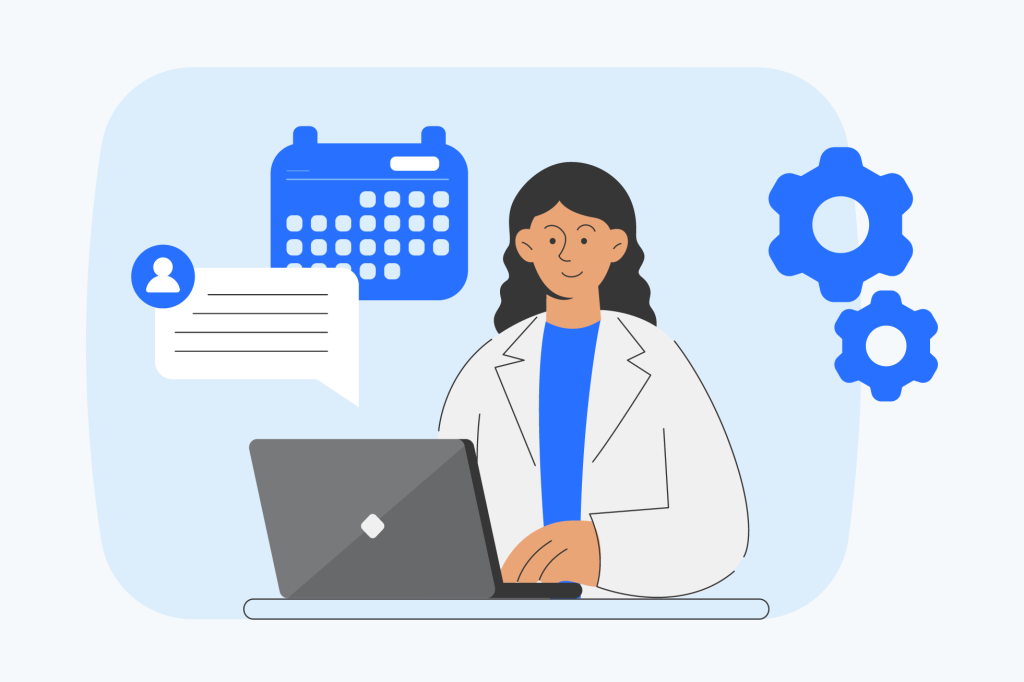In healthcare, getting things right is everything. Mistakes in patient records or billing can lead to delays, denied claims, and even stress for patients. But what if there’s a better way to handle the mountains of paperwork? Enter autonomous medical coding—a tech-driven solution that’s quietly transforming how clinics and hospitals manage their data. Let’s break down how this innovation works and why it matters to you.

Autonomous Medical Coding: What’s the Big Deal?
Imagine a system that reads a doctor’s notes, understands the treatment given, and instantly translates it into the right codes for billing and records. That’s autonomous medical coding in action. Instead of relying solely on people to manually assign codes (like ICD-10 or CPT), smart software does the heavy lifting. It’s like having a tireless assistant who never mixes up numbers or skips a detail.
How This Technology Makes Life Easier
No More Guesswork
Humans are amazing, but let’s face it—repetitive tasks lead to errors. Autonomous medical coding follows strict rules to pick the exact codes needed. For example, if a patient has a fracture, the software knows whether it’s a “spiral fracture” or “greenstick fracture” without second-guessing.
Speed You Can’t Beat
Manual coding can take hours. With automation, codes are generated in minutes. This means faster billing, quicker insurance approvals, and less waiting for patients.
It Learns as It Goes
The more the software is used, the smarter it gets. It studies past decisions to avoid repeating mistakes. Think of it like a student who aces every test after learning from earlier errors.
But Wait—Is It Perfect?
Like any tool, autonomous medical coding isn’t flawless. Here’s what providers should keep in mind:
- Training Takes Time: The software needs real-world examples to work well.
- Privacy First: Patient data must be protected with top-tier security.
- Humans Still Matter: Doctors and coders should double-check tricky cases.
FAQs: Your Questions, Answered
Q: Will robots take over medical coding jobs?
A: Nope! This tech supports coders by handling routine tasks. Humans focus on complex cases and oversight.
Q: Is my health info safe with these systems?
A: Absolutely. Reputable tools follow laws like HIPAA to keep data locked down.
Q: Can small clinics afford this?
A: Many systems are budget-friendly and scale to fit any practice—no mega-hospital required!
Q: What if the software makes a mistake?
A: Errors are rare, but coders can review and fix them quickly. It’s a safety net, not a replacement.
Why This Matters for the Future
Autonomous medical coding isn’t just a fancy gadget—it’s a lifeline for overworked staff. By cutting down errors and paperwork, nurses, doctors, and coders get back precious time. That means more focus on patients and less on spreadsheets.
And this is just the start. As technology improves, these systems will handle even tougher tasks, like spotting trends in patient data to improve care. Imagine a world where billing disputes vanish, treatments are tracked perfectly, and clinics run smoother than ever. That’s the power of autonomous medical coding.
The Bottom Line
Healthcare thrives on accuracy. With autonomous medical coding, providers can reduce stress, save time, and deliver better care. It’s not about replacing people—it’s about giving them tools to shine. Ready to leave the paperwork headaches behind? The future of healthcare documentation is here, and it’s smarter than ever.
Want to explore more tools and services? Don’t miss these trusted platforms:
Site A | Site B | Site C | Site D | Site E | Site F | Site G | Site H | Site I | Site J | Site K | Site M | Site N

